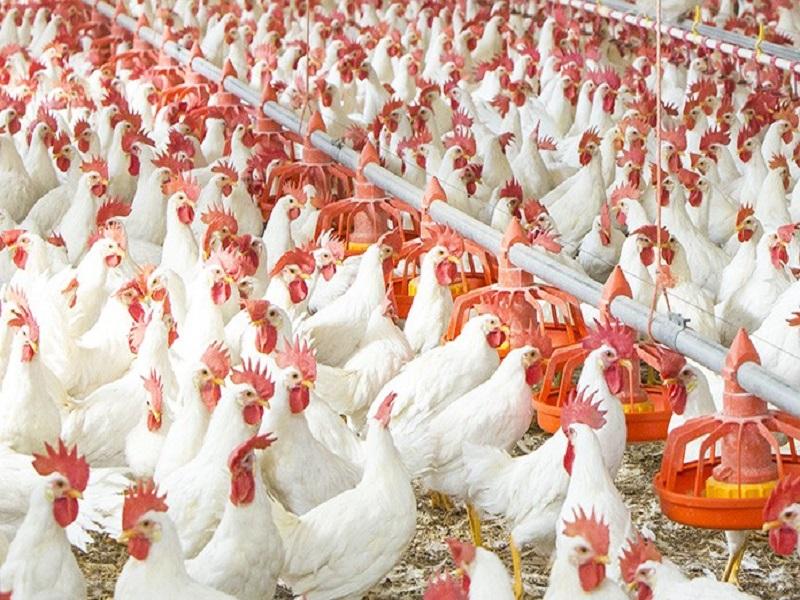The poultry market has undergone a remarkable evolution, transitioning from a primarily local industry to a global powerhouse. This transformation has been driven by numerous factors, including advancements in technology, changes in consumer preferences, and the expansion of international trade. Let us delve into the key stages of this evolution and the factors that have contributed to its global prominence.
Initially, poultry farming was a localized practice, with small-scale producers catering to nearby communities. Chickens, ducks, and other poultry were raised and sold within limited geographical areas. As demand for poultry products increased, entrepreneurs recognized the potential for expansion. Improved transportation and storage methods allowed for the distribution of fresh poultry products to distant markets.
In the mid-20th century, the emergence of intensive farming techniques revolutionized the industry. The advent of poultry houses and automated feeding systems led to higher production rates and lowered costs. Consequently, more poultry could be produced and supplied to meet growing demands. Additionally, the discovery of antibiotics and vaccines helped combat diseases, further boosting poultry production.
Advancements in communication and transportation played a pivotal role in facilitating the globalization of the poultry market. Producers, processors, and consumers across borders could now connect and conduct business more efficiently. As trade barriers reduced, the poultry industry seized opportunities to expand internationally. This led to the establishment of multinational poultry companies, integrating various aspects of the supply chain, from breeding to processing and distribution.
Coherent Market Insights in its report says, The Global Poultry Market was valued at US$ 284,434.4 Mn in 2022, and is expected to exhibit a CAGR of 3.53%, in terms of revenue, over the forecast period (2023-2030), to reach US$ 375,412.5 Mn by 2030.
Globalization also introduced challenges that the industry had to address. Concerns about food safety, environmental impact, and animal welfare gained prominence, prompting the adoption of more sustainable and ethical practices. International regulations and standards were developed to ensure the consistent quality of poultry products across borders.
Moreover, changing consumer preferences influenced the poultry market's evolution. Demand for healthier, more diverse poultry products, such as organic and free-range options, surged. As consumer awareness about the source of their food increased, the industry adapted to meet these expectations, further shaping the global poultry market.
The rise of fast-food chains and the popularity of poultry-based meals also fueled the Poultry Market global expansion. Poultry became a staple in many cultural cuisines, contributing to its widespread acceptance worldwide. Additionally, the affordability and versatility of poultry products attracted consumers from various socioeconomic backgrounds.
Looking ahead, the poultry market's evolution continues with an increasing focus on sustainable practices, technological innovations, and meeting the demands of a growing global population. Climate change and resource constraints are becoming more significant challenges, leading the industry to explore alternative feed sources and energy-efficient production methods.
In conclusion, the poultry market's journey from a local endeavor to a global enterprise is a testament to human ingenuity and adaptability. The combination of technological advancements, changing consumer preferences, and international trade opportunities has shaped this evolution. As the industry embraces sustainability and innovation, it is poised to meet the future demands of a dynamic and interconnected world.
